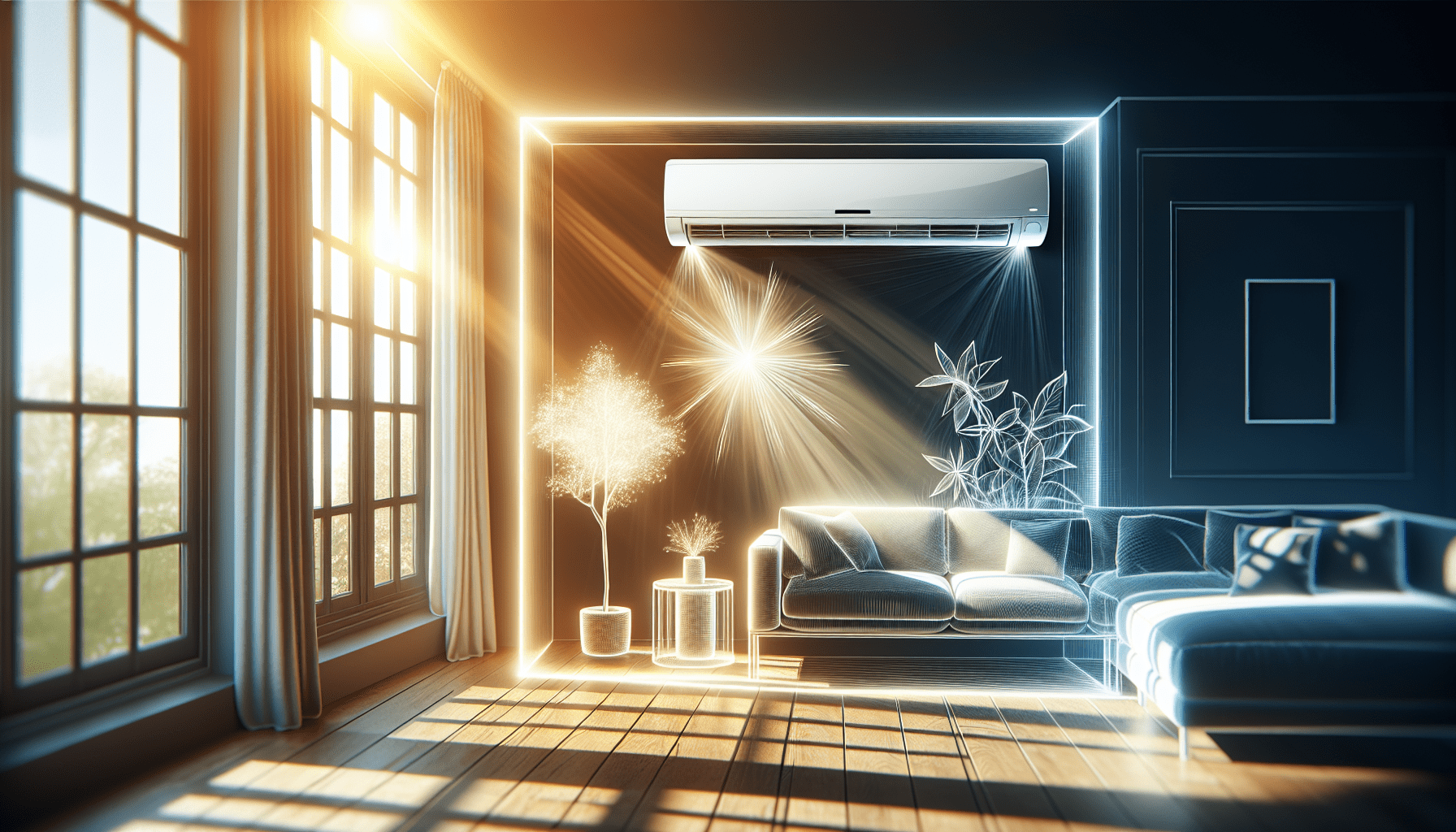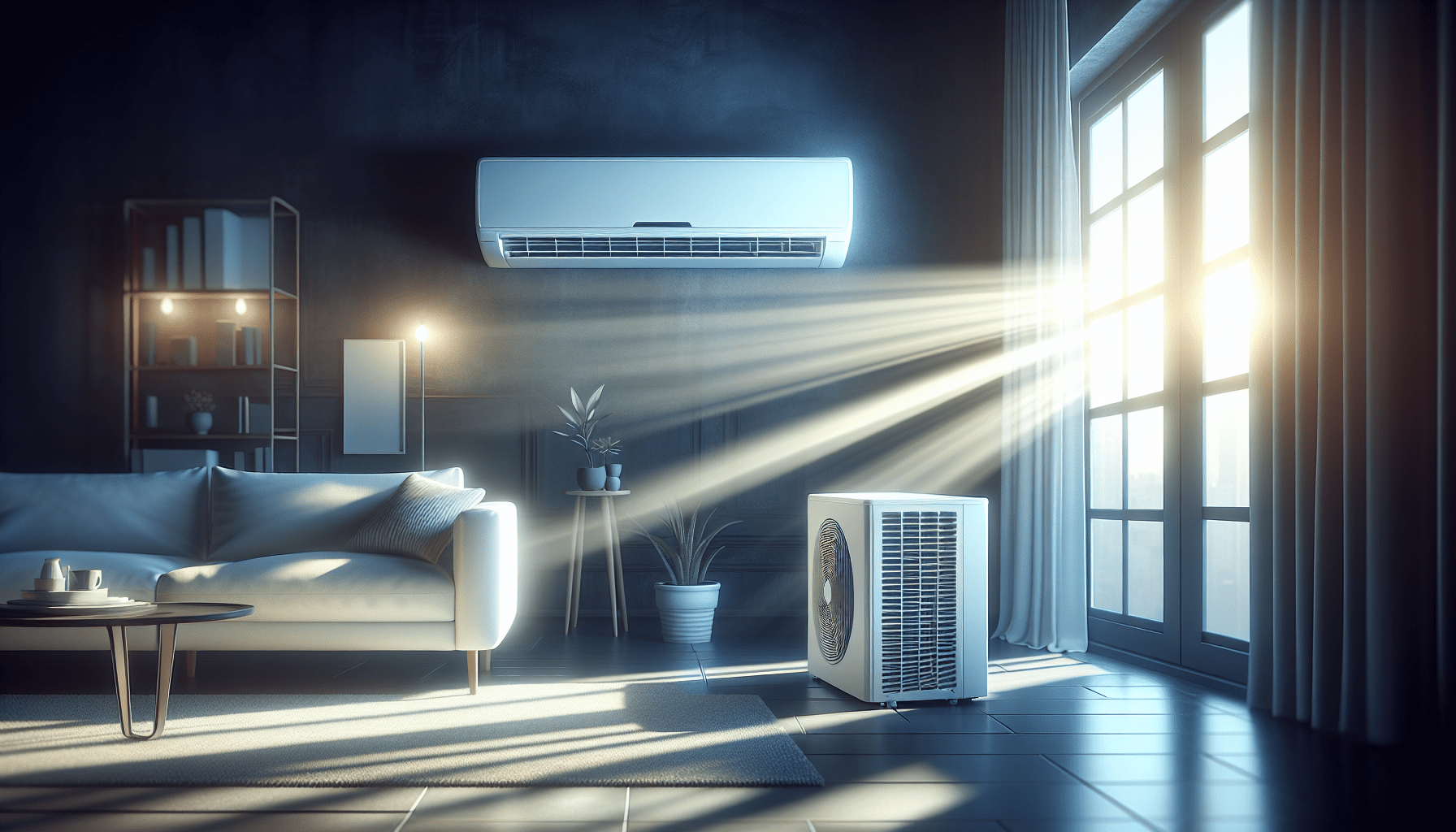Welcome to the Beginner’s Guide to Air Conditioning System Operation and Settings! In this article, you will learn the basics of how air conditioning systems work and how to effectively use and adjust their settings. Whether you’re a first-time homeowner or just looking to increase your knowledge on the topic, this guide will provide you with valuable insights and tips to keep your home cool and comfortable all year round. Let’s dive in and start maximizing the efficiency of your air conditioning system!
Beginner’s Guide To Air Conditioning System Operation And Settings
Have you ever wondered how to properly operate and adjust the settings of an air conditioning system to maximize its efficiency and performance? In this beginner’s guide, we will walk you through the basics of air conditioning system operation and settings, so you can stay cool and comfortable in any environment.
Understanding The Basics of Air Conditioning Systems
Air conditioning systems work by removing heat and humidity from the air in a space, creating a cooler and more comfortable environment. The basic components of an air conditioning system include a compressor, a condenser, an evaporator, and a refrigerant. Understanding how these components work together is essential to operating your system effectively.
How To Use The Thermostat
The thermostat is the control panel for your air conditioning system, allowing you to adjust the temperature and other settings to maintain your desired comfort level. Depending on the type of thermostat you have, you may have different options for programming and adjusting the settings. Make sure to read the manual that came with your thermostat to understand all of its features and functions.

Setting The Temperature
Setting the temperature on your thermostat is a key factor in controlling the cooling output of your air conditioning system. The recommended temperature for cooling efficiency is around 78 degrees Fahrenheit, but you can adjust it to suit your personal comfort preferences. Keep in mind that setting the temperature too low can result in higher energy bills and unnecessary strain on your system.
Fan Settings
Most air conditioning systems have two settings for the fan: “Auto” and “On.” When the fan is set to Auto, it will only turn on when the system is actively cooling the air. When the fan is set to On, it will run continuously, even when the air conditioning is not actively cooling. Using the Auto setting is more energy-efficient, while the On setting can help distribute air more evenly throughout your space.

Mode Selection
Different air conditioning systems have different mode options, such as Cool, Heat, Fan, and Auto. The Cool mode is for cooling the air, while the Heat mode is for heating the air (if your system has both functions). The Fan mode circulates air without cooling or heating, while the Auto mode lets the system automatically switch between cooling and heating based on the temperature setting.
Programmable Thermostat Features
If your thermostat is programmable, take advantage of its features to schedule temperature changes throughout the day. For example, you can program your thermostat to raise the temperature when you are away from home to save energy, and lower it before you return to ensure a comfortable environment. Experiment with different settings to find what works best for your lifestyle and budget.
Energy-Saving Tips
To maximize the efficiency of your air conditioning system and save on energy costs, consider the following tips:
- Keep doors and windows closed to prevent cool air from escaping.
- Use ceiling fans to help circulate air and reduce the workload on your air conditioning system.
- Clean or replace air filters regularly to maintain airflow and reduce strain on the system.
- Close blinds or curtains during the hottest part of the day to block out sunlight and reduce heat gain.
Troubleshooting Common Issues
If you encounter any problems with your air conditioning system, such as insufficient cooling, unusual noises, or strange odors, there are a few common issues you can check for:
- Check the air filters and vents for blockages or dirt buildup.
- Inspect the condenser unit outside for debris or obstructions.
- Make sure the thermostat is set correctly and the batteries are still good.
- Listen for any unusual sounds coming from the system that may indicate a mechanical issue.
When To Call A Professional
If you are unable to resolve the issue on your own or if you are experiencing major problems with your air conditioning system, it may be time to call a professional HVAC technician. An expert will be able to diagnose the problem, make necessary repairs, and ensure that your system is operating safely and efficiently.
Conclusion
Operating and adjusting the settings of your air conditioning system may seem daunting at first, but with this beginner’s guide, you now have the knowledge and confidence to make informed decisions about your system. By understanding the basics of air conditioning system operation and settings, you can stay cool and comfortable in any environment, all while saving energy and lowering your utility bills. Keep this guide handy for reference, and enjoy the benefits of a well-maintained air conditioning system year-round.

